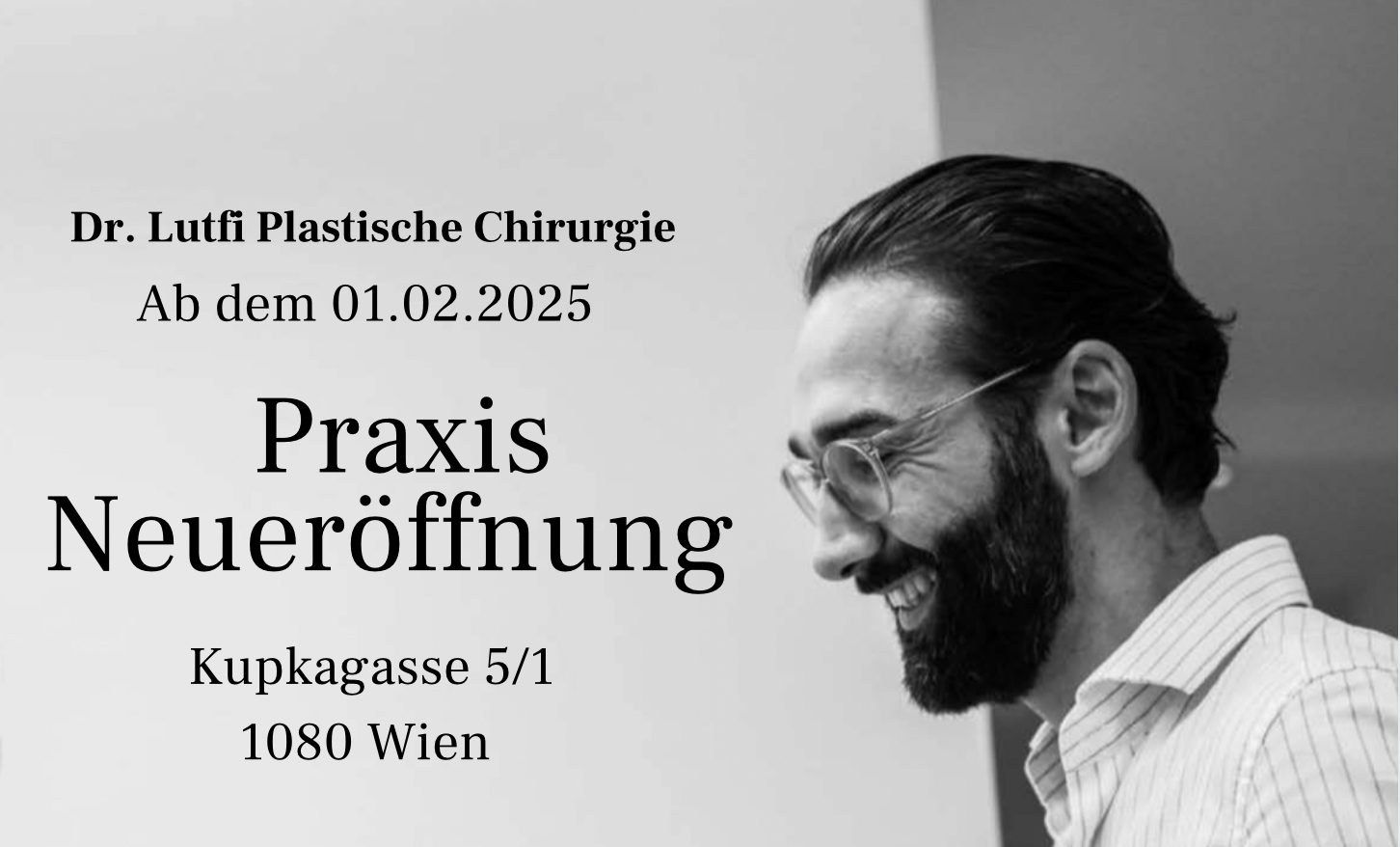Eyelid lift for a radiant look
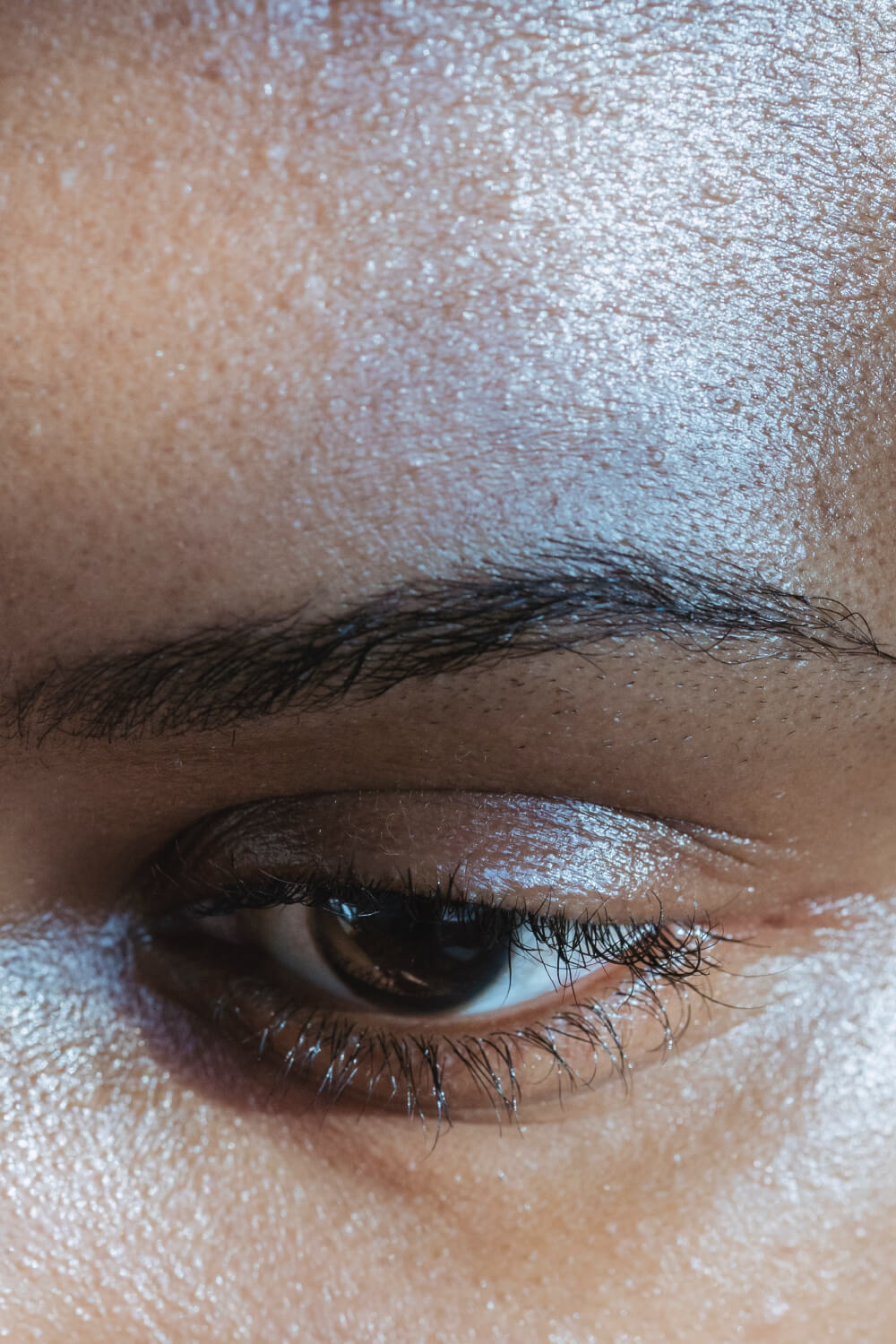
In brief
What motivates people to have an eyelid lift?
Especially in this day and age, the first “eye contact” is extremely important. In the recent past, we have become accustomed to wearing masks on a daily basis, which has made the role of our eyes in personal communication even more important.
However, our vision can become blurred: Sagging, drooping skin on the upper eyelids makes us look tired and worn out.
This condition is perceived as a great burden by those affected.
An upper eyelid lift offers an effective and lasting treatment method to restore a young, vital look to the face.
The result is a natural friendliness and freshness.
The removal of this small area of skin produces an extremely positive change for the psyche and self-confidence.
What is an eyelid lift?
An eyelid lift is still one of the most frequently performed operations in aesthetic surgery. Excess skin is precisely removed from the upper or lower eyelid. The skin edges are then sutured with a wafer-thin thread.
The precise removal of skin, possibly muscle and fatty tissue can achieve a significant rejuvenating effect. The result is a fresh, friendly and radiant facial expression.
Duration
from 60 min
Pain
low
Scars
yes, inconspicuous
Stay
no
Bandage
yes
Work
after 7 days
Sports
after 3 weeks
Costs
from € 2.000,-
Different terms clearly defined
Even though the eyelid lift is one of the most common operations in aesthetic surgery, there is often confusion about the exact term. Terms such as eyelid lift, blepharoplasty, eyelid correction or drooping eyelid surgery are used. However, they all describe the same procedure.
An eyelid lift or eyelid correction is an operation in which excess skin is removed from the upper eyelid or lower eyelid. Accordingly, it is divided into upper eyelid lift/upper eyelid blepharoplasty (medical term: blepharoplasty) or lower eyelid lift. Colloquially, excess skin on the upper eyelids is also referred to as drooping eyelids, so that the term drooping eyelid surgery has become established.

Who is an eyelid lift suitable for?
When is the best time?
There is generally no time pressure here. Patients often notice an increasingly tired facial expression late. Increased online meetings, where you are constantly looking at yourself “in the mirror”, can make you aware of this condition sooner. The restriction of the visual field is regularly an advanced condition and should therefore be corrected promptly, regardless of the aesthetic appearance, as it can lead to relevant impairments in everyday life.
Any month can be chosen for the timing. However, it should be noted that the scar resulting from the operation should be protected from direct sunlight for the first few months.
Who is an eyelid lift not suitable for?
Excess skin on the eyelids can also have other causes in rare cases. It is therefore particularly important to determine whether the skin on the upper eyelid is actually caused by a loss of elastic fibers or possibly a drooping of the forehead or eyebrow. These alternatives can cause similar symptoms and thus lead to a misdiagnosis.
In some cases, it is possible to stop the drooping with conservative muscle relaxant treatments and thus avoid surgery.
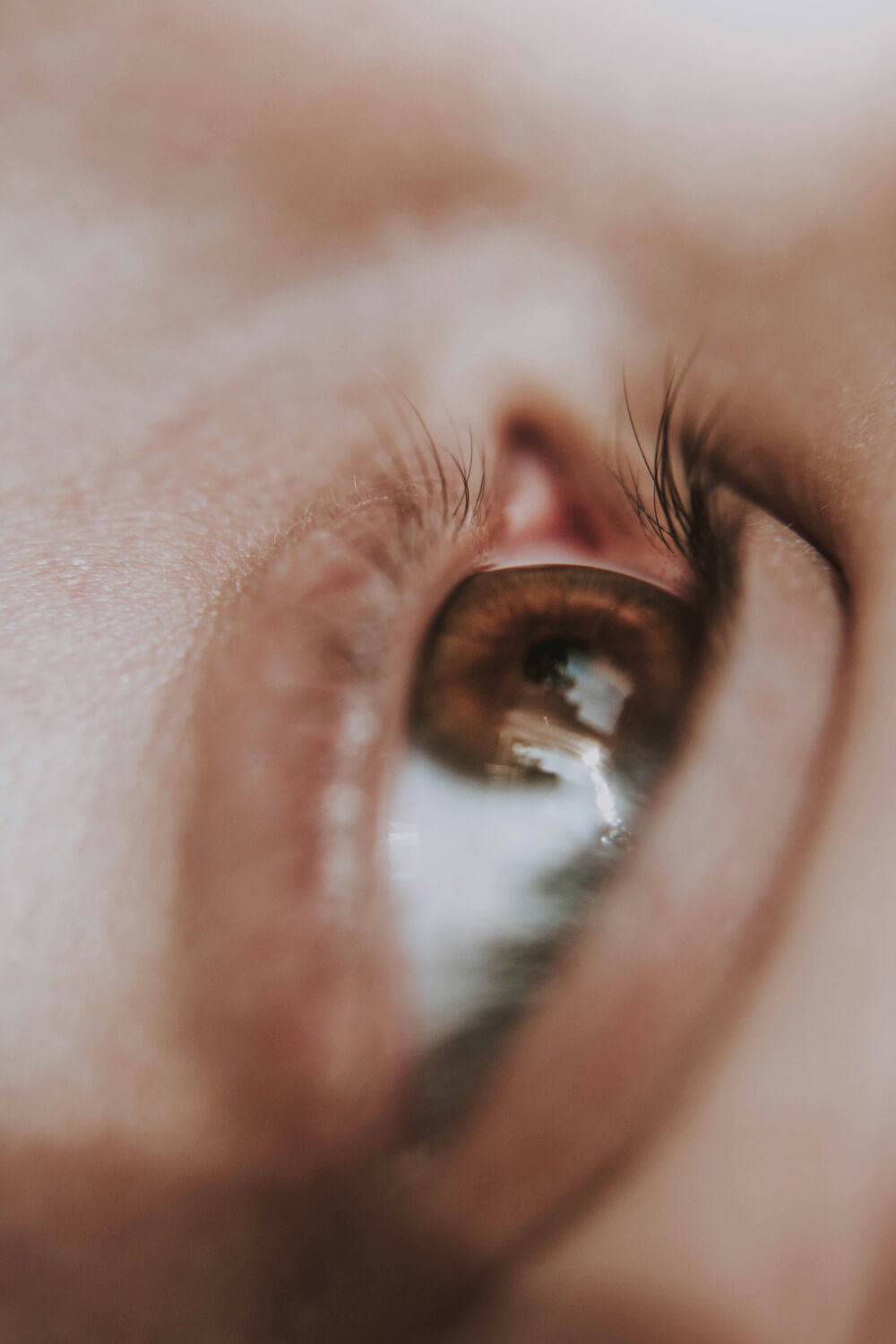
How exactly does the operation work?
Before the operation, the excess skin is first marked while sitting and lying down. This ensures that a precisely measured area of skin is removed and that too much or too little skin is not inadvertently removed. A local anesthetic is then injected with a thin syringe to numb the skin on the upper eyelid.
Sensitive patients also have the option of choosing between a sedative or twilight sleep. General anesthesia is rarely used, but may be necessary when combining different procedures.
According to the marking, the skin area is removed with a scalpel after several checks. Small bleedings are then cauterized and the skin is closed with a thin thread. The edges of the wound lie exactly in the eyelid crease and are therefore barely visible.
If, in addition to the sagging skin, there is also sagging muscle, this is tightened via the same surgical access. There are several “fat bodies” in the eye socket, which are also assessed during the operation. A prominent fatty body is exposed and trimmed after opening the muscle if it should protrude and press against the upper eyelid. If it is a lowered eyebrow, a further incision above the forehead, behind the hairline, is necessary to fix it. A suture material is inserted above this, which is placed and fixed under the skin up to the eyebrow. The eyebrow is thus prevented from drooping, but its facial expression remains unrestricted.
Surgical and conservative alternatives
There are various conservative and surgical alternatives for many operations. It is therefore necessary to consider these carefully before any surgical intervention. If the use of a scalpel can be dispensed with due to conservative alternatives, these are of course preferable.
In the case of eyelid surgery, however, the non-surgical alternatives are limited. If the excess skin on the upper eyelids is due to drooping of the eyebrows/forehead region, a muscle relaxant could help. Skin folds or retracted areas in the lower part of the eye can also be corrected with the help of autologous fat grafting.
What type of anesthesia is necessary?
Can the upper eyelid lift be combined with other procedures?
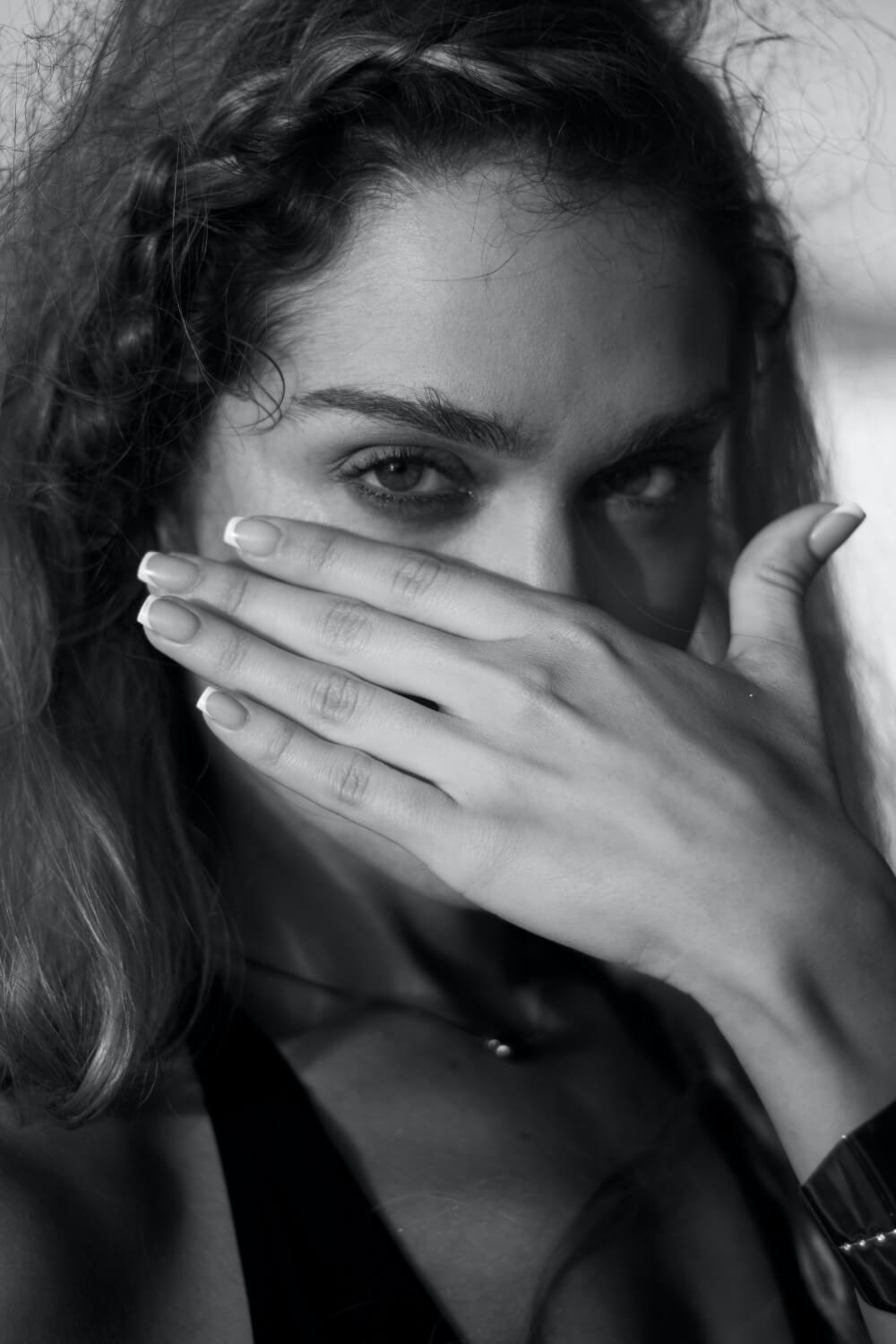
Photos

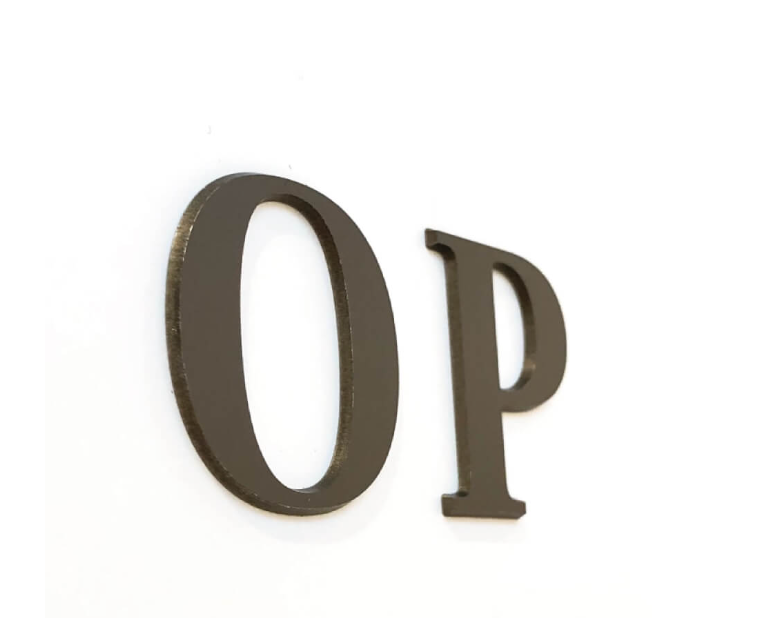
Is this operation performed on an outpatient or inpatient basis?
Risks and complications
Minor complications

Rare major complications
What can be done in the event of complications?
Healing and progression
How long does it take to heal?
Is the treatment painful?



“Wieder ein ausgezeichnetes Ergebnis der Botox-Behandlung! “
“I love Morpheus 8. My favorite!“
“Ich habe erheblich mehr Schmerzen nach dem Eingriff erwartet und war positiv überrascht wie gut es mir noch am selben Tag und jetzt an Tag 2 geht. Der Tag der...
“Ich war heute zum wiederholten Mal für eine Botox-Behandlung bei Dr.Lutfi und werde mich auch in Zukunft nur von ihm behandeln lassen. Sollte ich jemals andere...
“Kompetente und ausführliche Beratung und super Behandlung (Botox gegen Lachfalten). Bin mit dem Ergebnis sehr zufrieden und komme gerne wieder! “
When can the final result be expected?
The swelling is expected to be completely gone after about 8 weeks.
A fine, barely visible scar will remain in the fold. In most patients, this will heal smoothly and without irritation, even without scar ointment or massage. If you are prone to more severe scarring, we will be happy to recommend appropriate silicone ointments.
What should patients plan?
A surgical procedure requires a certain amount of planning and organization not only for the surgical team, but also for the patient, both before and after the operation. It is important that you are well prepared and know what to expect. This allows you to concentrate fully on enjoying the result.
One of the most important questions before any surgical procedure is the “why”. You should be clear about why you want to have surgery in the first place. Once you have answered this question and made a decision, the following questions should definitely be clarified: How? By whom? When?
I will be delighted if you find your way to my surgery and would like to be operated on by me. However, I also recommend all my patients to get a second opinion. You should be absolutely sure about the date and surgeon.
Plan the time before your operation
Plan your time after your surgery
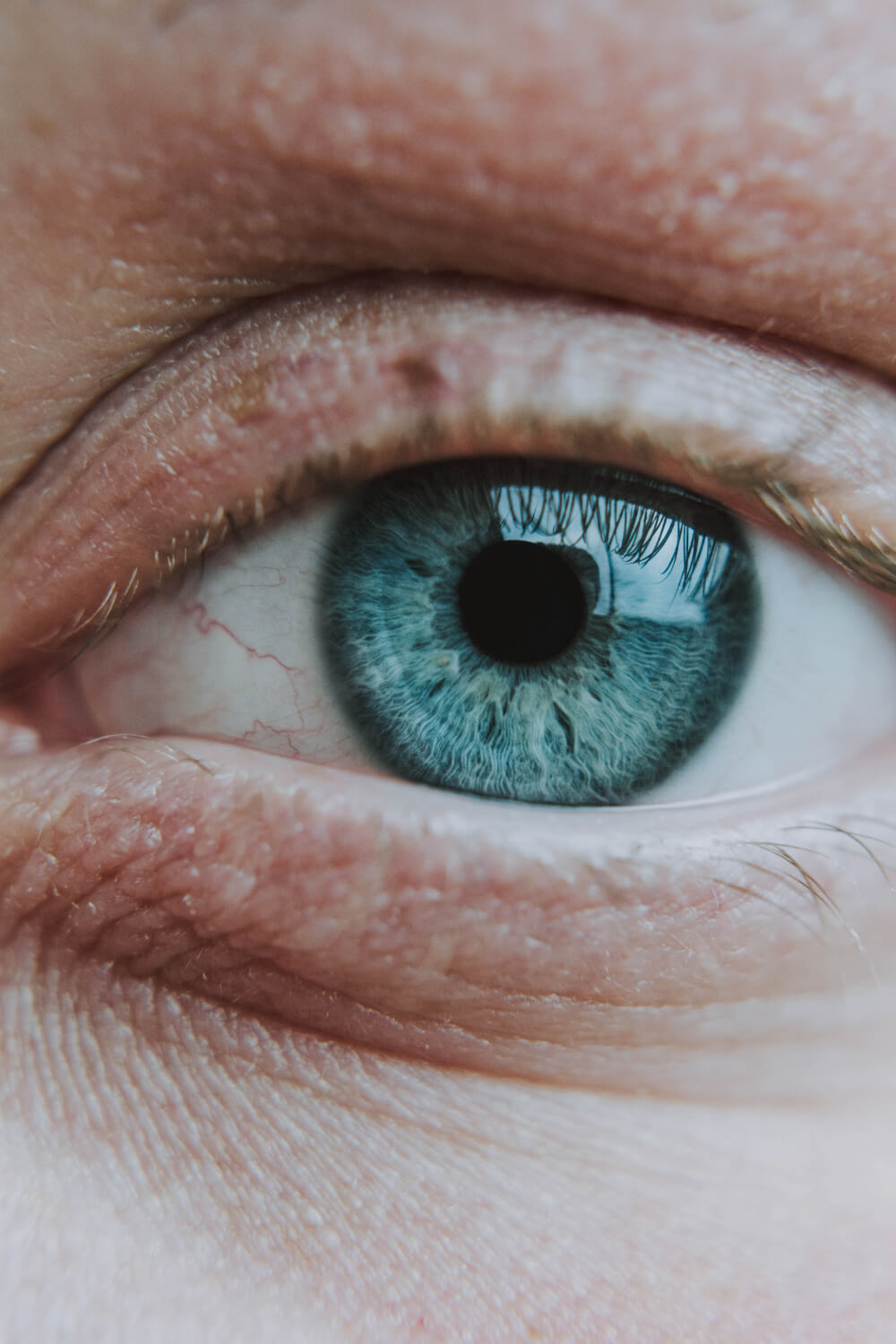
What does surgery cost?

Financing, down payment, installment payment
FAQ - Eyelid lift
Plastic surgery
- Home
- About Me
- Aesthetic surgery
- Aesthetic treatments
- Before After Archive
- Ordination
- For doctors
- Contact
- Cost


